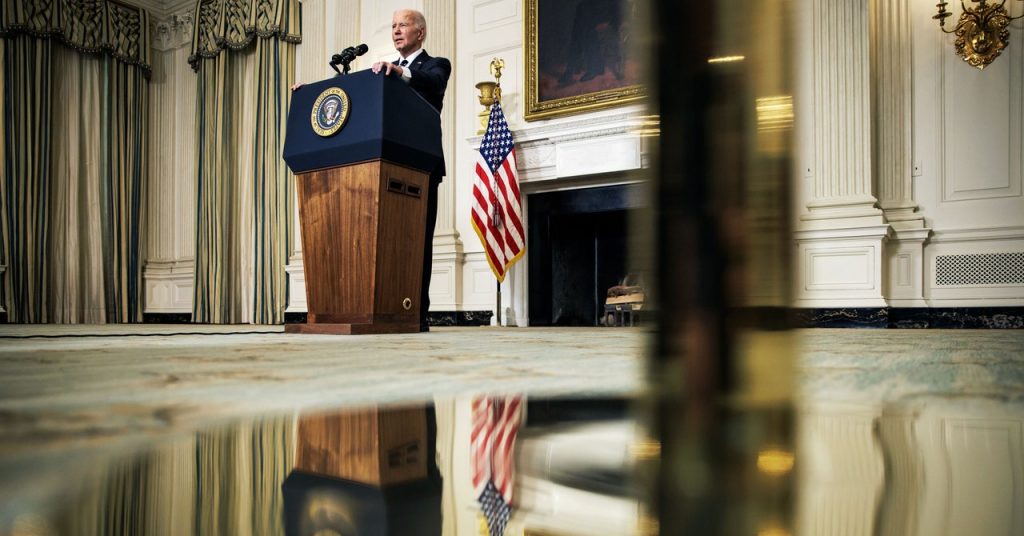Kaushik also welcomes the way Biden’s order demands changes to immigration policy to make it easier for AI talent to come to the US. A plan to allow immigrant workers to renew their visas inside the US, for example, could remove the need for hundreds of thousands of STEM students to travel to their home countries for in-person interviews.
Although the US has a majority of the world’s top AI talent today, only 20 percent of them received undergraduate degrees in the US, Kaushik says, indicating that many are immigrants. He says it’s in the US interest to make it easier for AI experts to come from overseas, to compete against other destinations such as China, Canada, or the UK.
Biden’s new executive order acknowledges that AI projects can be harmful to citizens if not carefully implemented, singling out the potential for discrimination or other unintended effects in housing or healthcare. The order calls for the White House’s Office of Management and Budget to develop guides and tools to help government employees who purchase AI services from private companies make good choices.
Suresh Venkatasubramanian, director of the Center for Technological Responsibility, Reimagination, and Redesign at Brown University, says those rules could be impactful. Within the federal government, procurement is “number one on everyone’s agenda because everyone understands that is the way to effect change,” he says. He previously helped the White House assemble an AI Bill of Rights for federal agencies issued by Biden last year.
However, Venkatasubramanian says some of the most critical government use cases for AI in the US will largely go unaffected by the new executive order. Biden’s directives apply to federal agencies but much AI used in criminal justice and policing is deployed by state and local law enforcement. False positives from AI-powered technology like ShotSpotter gunshot detection and face recognition have led to false arrests, and police departments currently use predictive policing software that doesn’t work as advertised.
To force state agencies to also adopt the standards in the executive order, Venkatasubramanian says federal lawmakers could make compliance a condition of funding for state and local law enforcement agencies.
This is the first executive order of the Biden presidency solely focused on artificial intelligence, and it follows two by former president Trump, in 2019 and 2020. So far, government agencies have a spotty record of complying with them.
The 2019 order focused on investments in AI research and development. A December 2020 executive order and the Advancing American AI Act passed last year require federal agencies to annually disclose an inventory of algorithms in use. But a Stanford Law School study found a pattern of inconsistent compliance, warning of a national AI “capacity gap.” If Biden’s new order, the most ambitious presidential directive on the technology to date, works as intended, it will significantly expand that capacity.
Read the full article here









